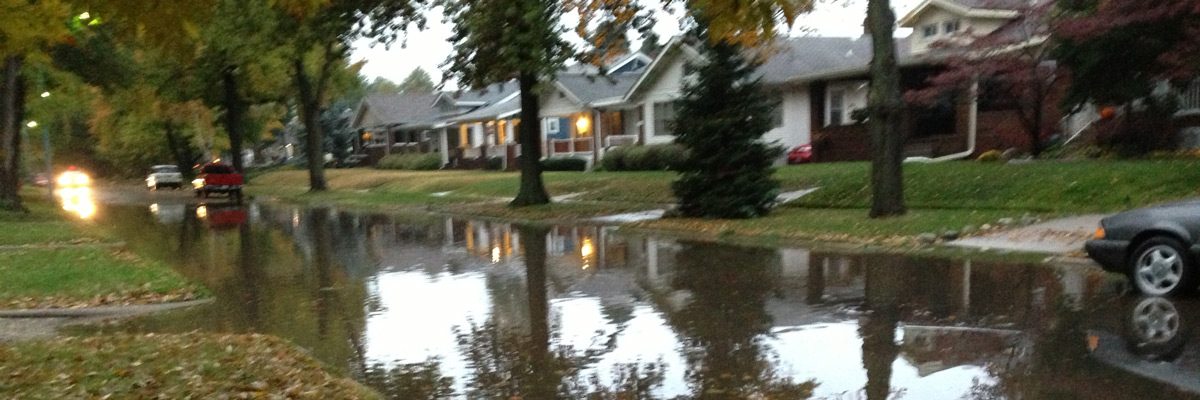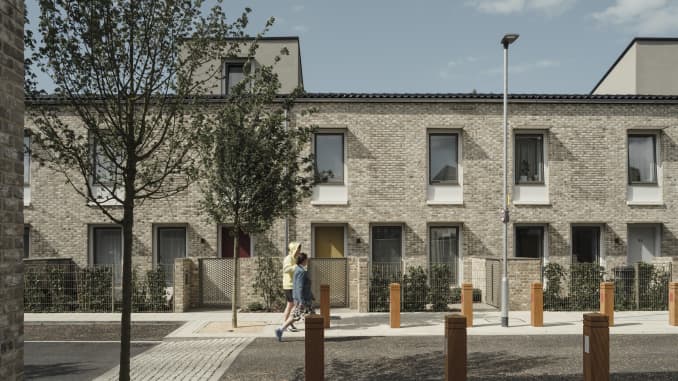I say the same thing I have said about recycling all along. Store what you can’t recycle right now and recycle what you can now. The best examples is the large Wind Generator Blades (it used to be common batteries). Throwing stuff in the land fill that has no business there messes everything else up. So storing the Blades from the Wind Generators (turbines whatever) in one place…even if you bury them is critical, so that when you find a way to recycle them (and you will) you can go get them. Throwing common batteries in a land fill ( AAs, AAAs, etc) is essentially admitting you will never get them back. Better to store them in abandoned warehouses or something. Even burying them in a battery land fill so you can get them back is better than just throwing them away.
Solar Panels Are Starting to Die, Leaving Behind Toxic Trash
This story originally appeared on Grist and is part of the Climate Desk collaboration.
Solar panels are an increasingly important source of renewable power that will play an essential role in fighting climate change. They are also complex pieces of technology that become big, bulky sheets of electronic waste at the end of their lives—and right now, most of the world doesn’t have a plan for dealing with that.
But we’ll need to develop one soon, because the solar e-waste glut is coming. By 2050, the International Renewable Energy Agency projects that up to 78 million metric tons of solar panels will have reached the end of their life, and that the world will be generating about 6 million metric tons of new solar e-waste annually. While the latter number is a small fraction of the total e-waste humanity produces each year, standard electronics recycling methods don’t cut it for solar panels. Recovering the most valuable materials from one, including silver and silicon, requires bespoke recycling solutions. And if we fail to develop those solutions along with policies that support their widespread adoption, we already know what will happen.
“If we don’t mandate recycling, many of the modules will go to landfill,” said Arizona State University solar researcher Meng Tao, who recently authored a review paper on recycling silicon solar panels, which comprise 95 percent of the solar market.
Solar panels are composed of photovoltaic (PV) cells that convert sunlight to electricity. When these panels enter landfills, valuable resources go to waste. And because solar panels contain toxic materials like lead that can leach out as they break down, landfilling also creates new environmental hazards.
:}
Go there and read. Demand that your municipality pass a law that solar panels do not go in the land fill. More next week.
:}

